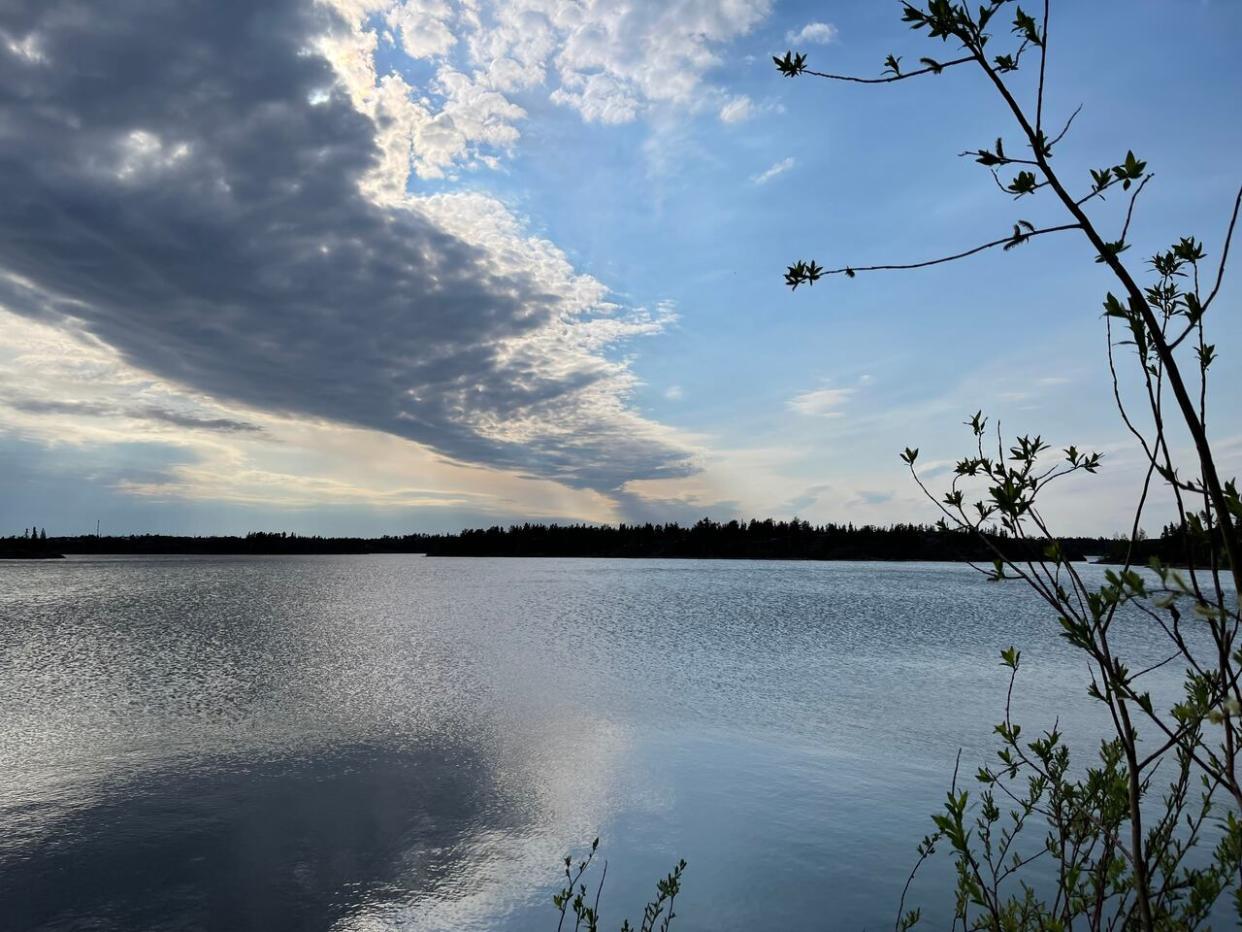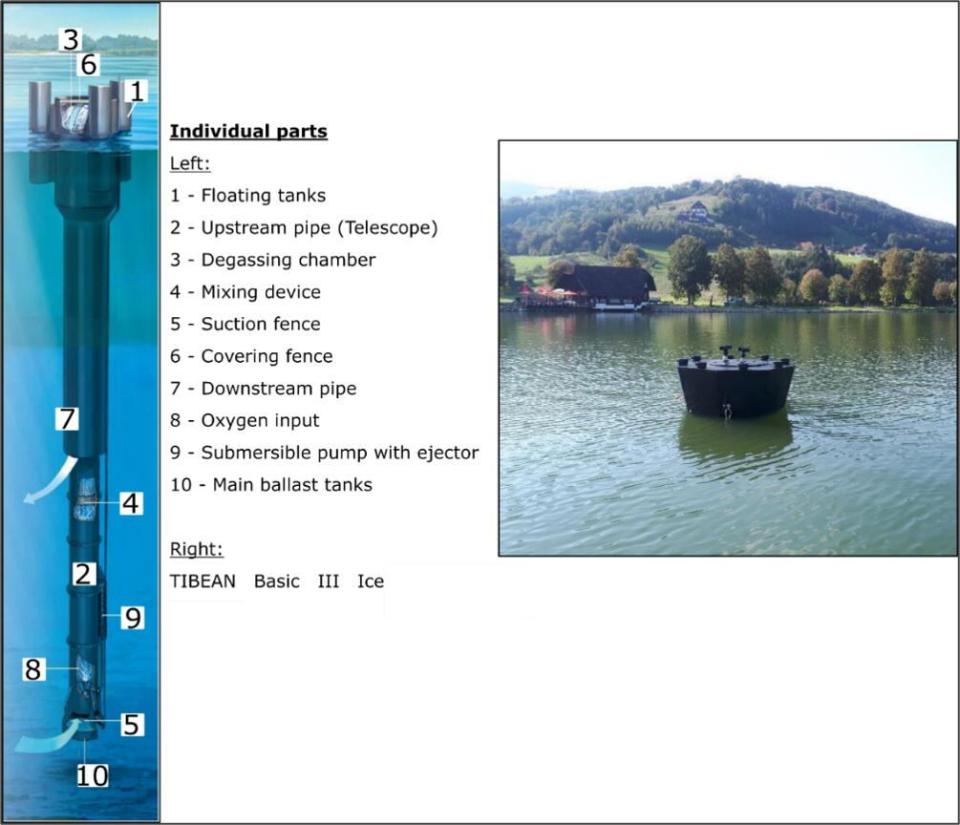Rio Tinto lays out plans to resurrect Yellowknife's Frame Lake

Rio Tinto says it plans to start work next week on a plan to revive Yellowknife's long-dead Frame Lake.
Representatives from the mining company that owns Diavik Diamond Mine presented their vision to city council Monday for aerating and reintroducing fish to Frame Lake.
The plan is to install a deep-water aerator in the lake, which will circulate oxygen to the deepest parts in an attempt to "increase oxygen levels during the winter months."
If all goes to plan, and oxygen levels rise, fish would hopefully be introduced after two years, followed by two additional years of study. Fish could include pike, ninespine, walleye and lake chub.
Mark Nelson, a spokesperson for Rio Tinto, said the company would then hand the project over to partner organizations for long-term maintenance and monitoring.
The project is a necessary one for the Diavik mine, which damaged a fish habitat during its construction. Under the mine's fisheries authorization, Rio Tinto has to compensate for the lost habitat.
"The kimberlite was under the lake, so we had to build some dikes and de-water the lake," Nelson explained. "During that process we destroyed a small part of the lake bed."
The company originally planned to build a fish habitat at the site of the damage, before deciding instead on Frame Lake.
A 'dead' lake
Since at least the 1970s, Frame Lake has been unable to support fish.
Every year, oxygen levels in the lake peak around November, before plummeting to zero by January — meaning fish can't survive the winter.
High arsenic levels from nearby gold mining operations have made the lake harmful to human health for decades.

This image, taken from the presentation Rio Tinto delivered to Yellowknife city council Monday evening, shows what similar aerators look like. (Submitted by Rio Tinto)
Increased urbanization in the area has also contributed to the lake's downfall by causing a disruption to the inflow and outflow, and leading to nutrient and sediment buildup on the lake's floor.
The increased vegetation consumed most of the oxygen over the decades.
The lake was a fishing destination for years and has traditionally been used by Dene long before the arrival of Europeans.
The McNiven beach on the shore of Frame Lake was once popular with families, and even hosted concerts and had a regular lifeguard on duty.
In a Rio Tinto news release Tuesday morning, Yellowknife Mayor Rebecca Alty said the prospect of cleaning up the lake is "exciting."
"This is a great lake in the heart of our community, and we appreciate Diavik's work to enhance the area for residents and families to enjoy," she stated.
Built for all seasons
Nelson said the aerator — in technical terms, a Tibean ICE unit — has the ability to aerate deep water during the winter months without causing open water.
That means it shouldn't change the thickness of the ice that forms each winter.
"These units are designed to sit in the lake in frozen conditions in Scandinavia," he said.
Frame Lake remains a popular snowmobiling spot.
Nelson said the long, cylinder-shaped unit will protrude about a metre above ground, and with the help of the Great Slave Snowmobile Association they'll be taking extra measures to ensure safety.
"There will be a flashing beacon on top of it, and we're going to be asking the snowmobile association to put out pylons, to help to limit the area," he said.
Nelson said the association would send notifications to riders once winter arrives.
Sampling plan
Rio Tinto also outlined its plans to keep an eye on the lake throughout this project. That includes scheduled monitoring work by researchers from the universities of Waterloo and Wilfred Laurier, as well as four chemical analyses of the water quality each year.
The company said sediment quality and benthic invertebrates — or small water creatures — will be sampled during the fall after the first year of operations.
They will also do oxygen tests in winter under the ice every month for two years.
The contract for installation and maintenance of the aerator has been awarded to Det'on Cho Nahanni Construction Ltd. for the next two years.
The aerator is set to be installed on June 4.

 Yahoo News
Yahoo News 
